Production materials
Production materials
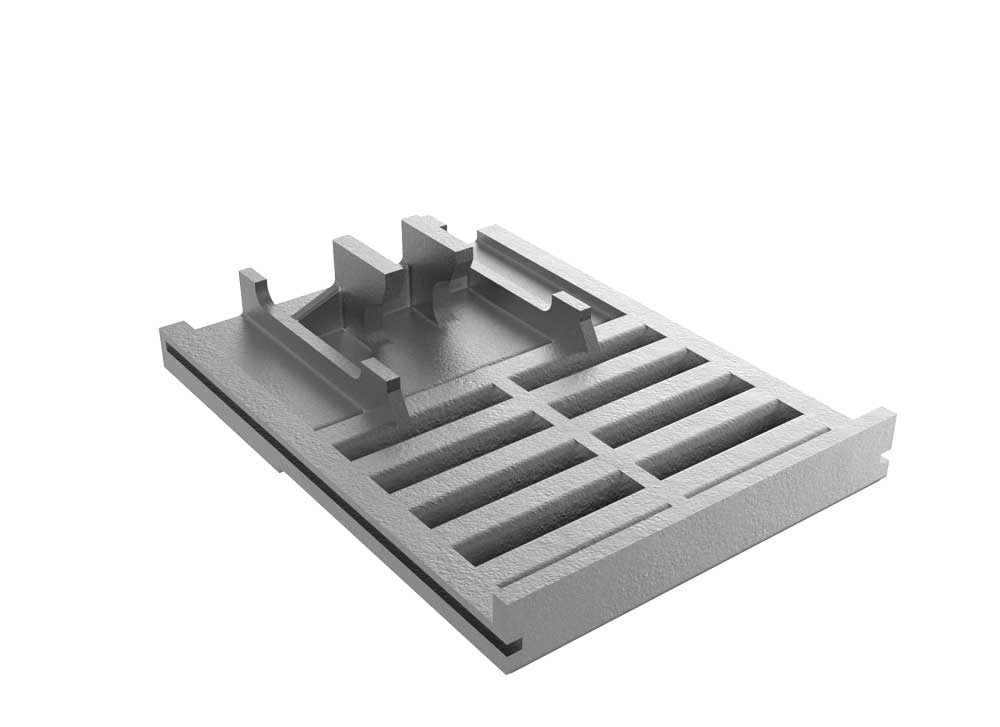
Heat-resistant steels are alloys that retain mechanical strength and chemical stability at high temperatures.
01
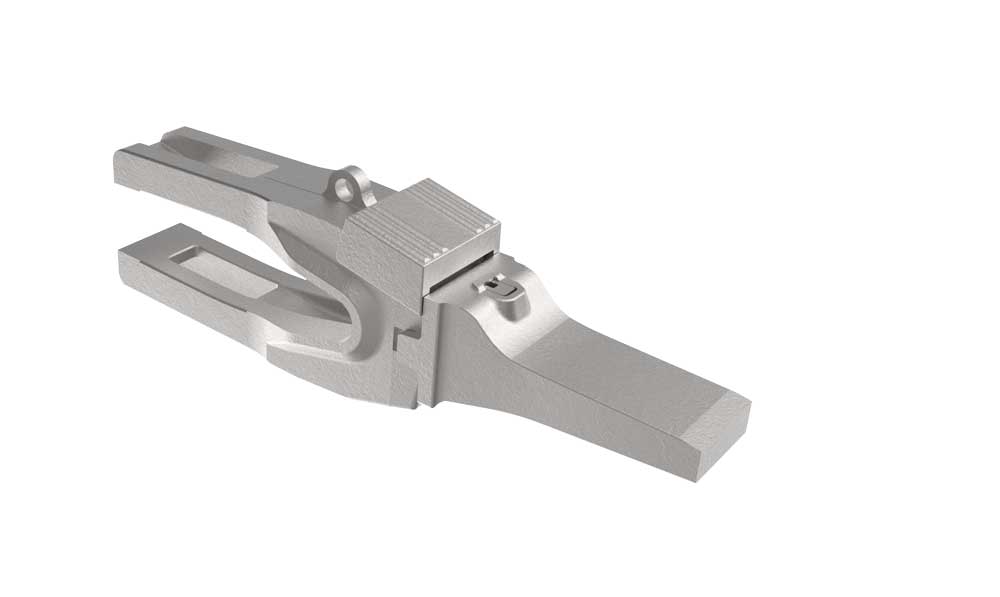
The applications of manganese steel are primarily focused on industries that require materials with high durability and the ability to withstand heavy loads.
02
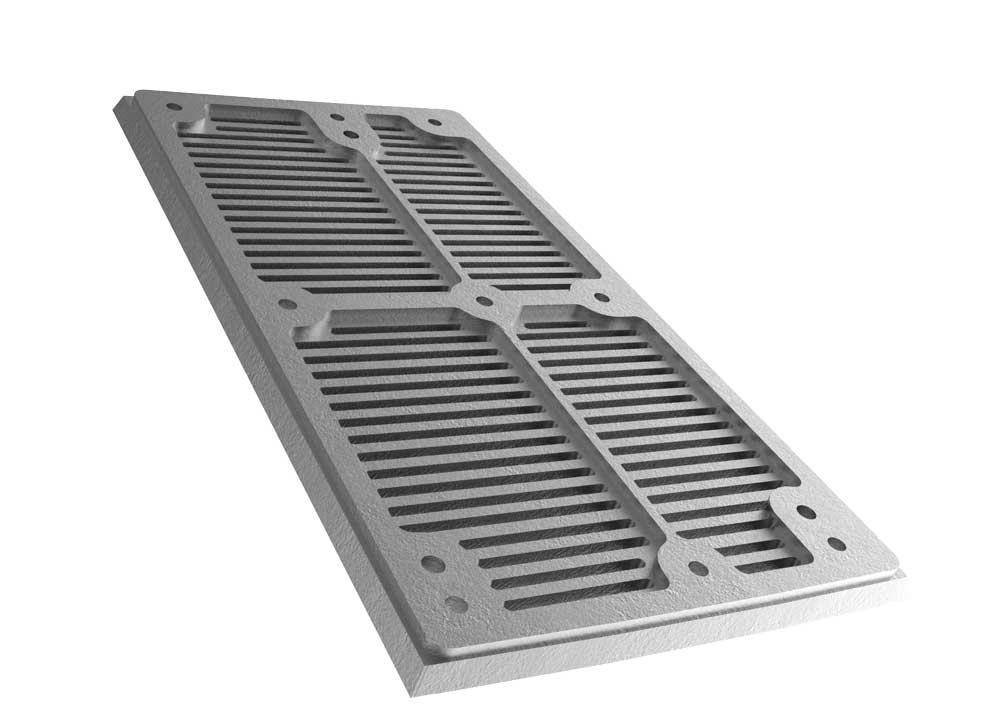
The main application of high-chromium steels is in industries where material crushing processes are a core part of their operations.
03
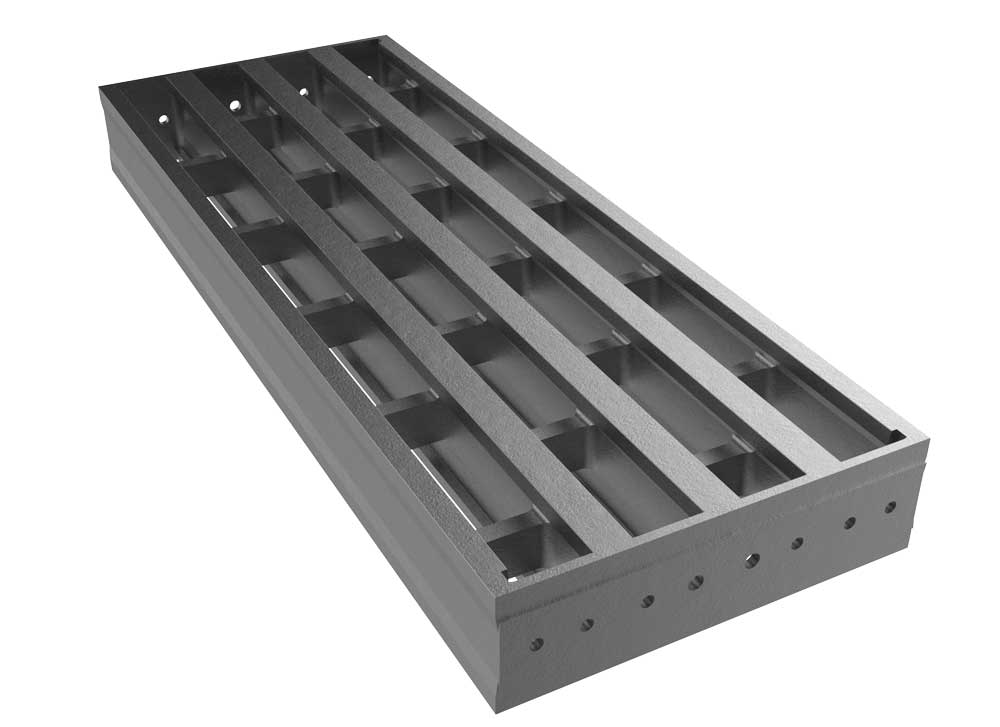
Carbon steels are a group of steels with a chemical composition primarily consisting of iron and carbon, offering a variety of mechanical properties
04
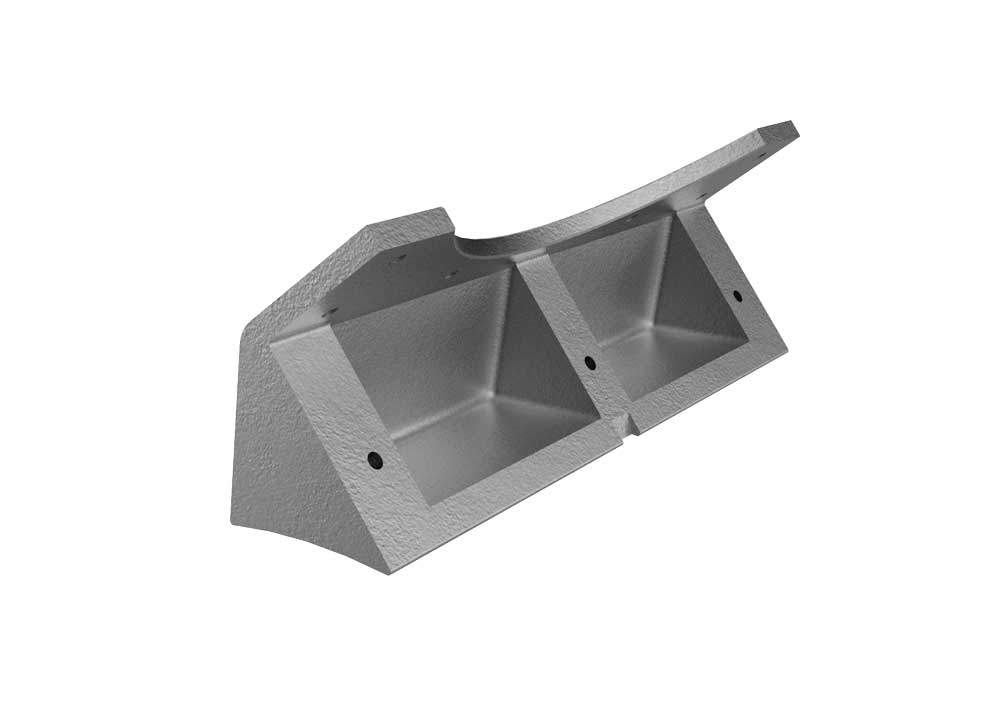
Ductile iron, also known as nodular cast iron or spheroidal graphite cast iron, is one of the advanced and versatile types of cast iron
05
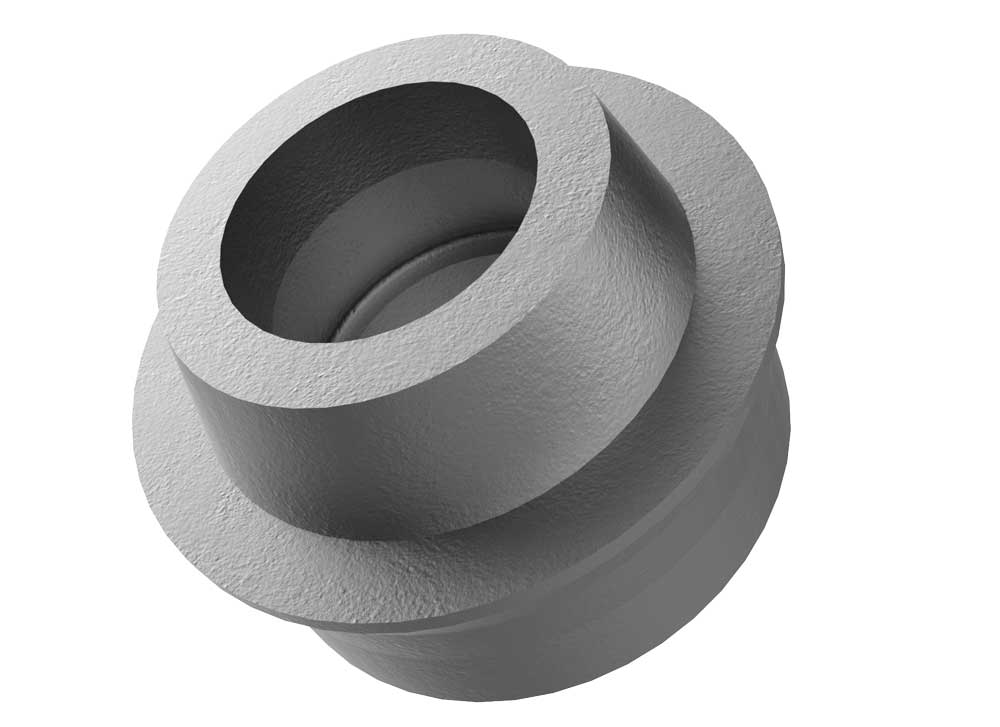
Ni-Hard and Ni-Resist cast irons are both specialized types of white cast iron, engineered for specific, high-performance applications.
06
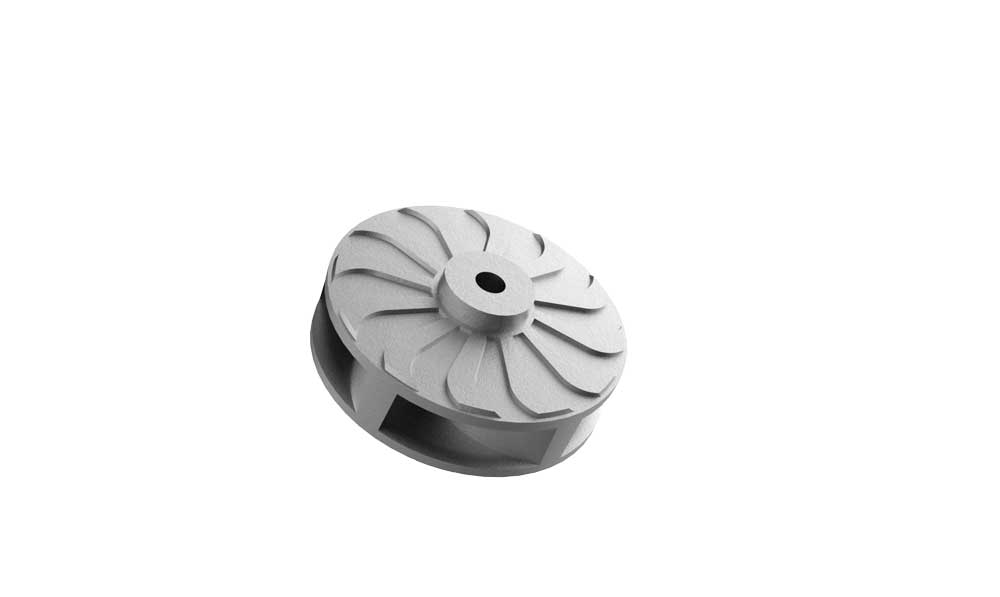
Nickel-Chromium cast irons excel in specific industries such as mining equipment, cement, and material processing.
07
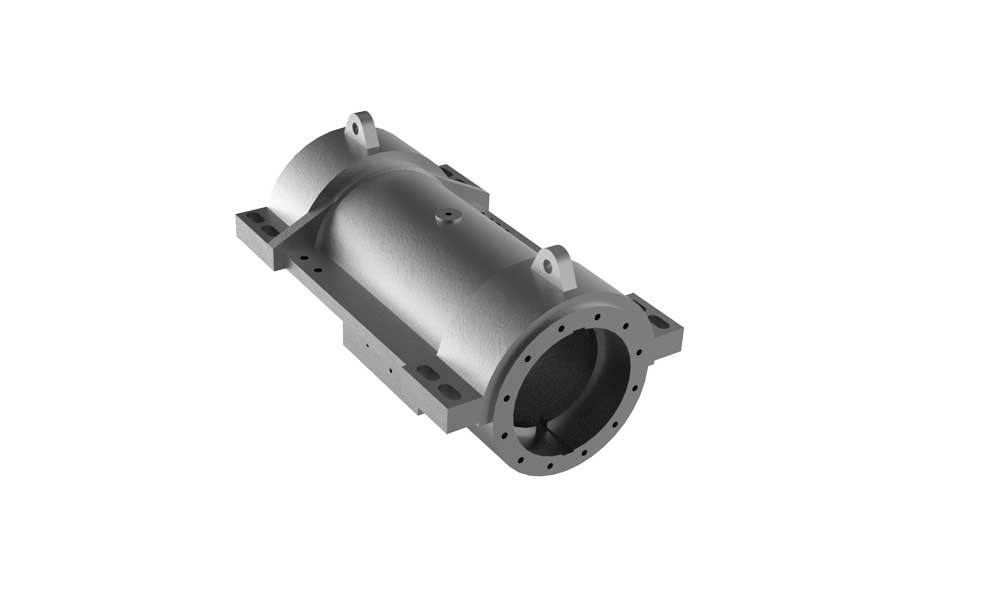
Gray cast iron is one of the most common types of cast iron, which has a gray appearance due to the presence of flake graphite in its structure.
08
Our Products
Products of Atashgah Steel Casting Company
01
Mining Industry
A leader in the production and lifespan enhancement of AG & SAG mill liners.
02
Steel Industry
Specialized in casting parts for Pelletizing using Grate Kiln and Traveling Grate methods.
03
Cement Industry
Specialized production of all parts required for cement production departments
04
Copper Industry
Production of copper converter hoods, mouthpieces, and ball mill liners with enhanced durability and lifespan.
05
Cast Grinding Balls
Specialized production of cast iron grinding balls for various industries with optimized performance.
06
Heat Treatment
Capable of performing various heat treatment processes on all produced alloys.
Production Stages
Production Stages of Parts
Work Process
01
Step
Design
Preparation of Technical Drawings for Parts Using Specialized Software
02
Step
Casting Simulation
Analysis of Molten Flow and Solidification of Parts to Reduce Defects
03
Step
Modeling
Creating Initial Models for Precise and Standardized Molding
05
Step
Melting and Casting
Transferring Molten Materials into Molds for Shaping Parts
07
Step
Finishing Operations
Final Polishing and Removal of Excess Material for Flawless Part Delivery
04
Step
Molding and assembly
Preparation and Assembly of Various Mold Components for High-Precision Part Production
06
Step
Heat Treatment
Improving the Mechanical Properties and Strength of Parts
08
Step
Packaging
Preparing Parts for Delivery to the Customer
Do you have any questions? Contact us.
Sepahan Foolad Atashgah Casting Industries Company, with over 30 years of experience in the casting industry, is committed to self-sufficiency by leveraging skilled personnel and experienced managers. The company proudly serves various industries, including steel, copper, mining, cement, and their related sectors, as well as producing cast iron balls required by different industries.
Address
Isfahan – Najafabad – Najafabad Industrial Park 2 – Sanat Square – Doctor Hesabi Blvd – Sub-corner 28
© 2024Designed and Developed by moroorgaran.


